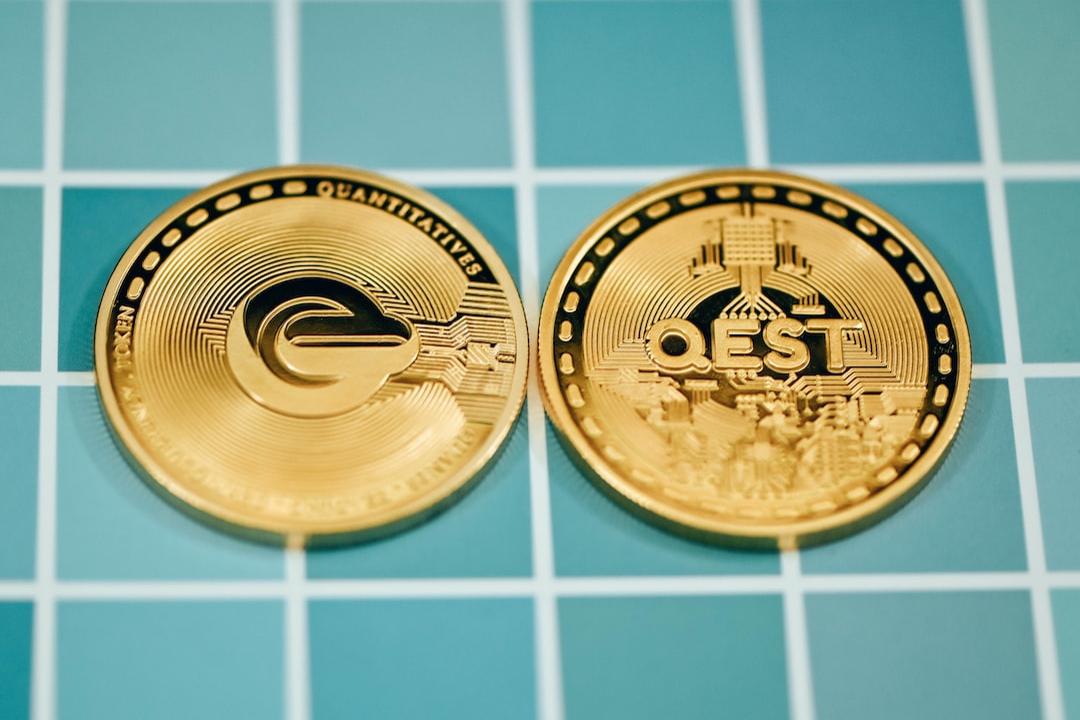Oaktree Capital Management is one of the world’s largest distressed debt investors, and its founder Howard Marks is also known as a value investing guru. His works “The Most Important Thing” and “Mastering the Market Cycle” are widely regarded as investment bibles by readers worldwide. Recently, Howard Marks published a new investment memo focusing on asset allocation and debt. This article will emphasize Oaktree Capital’s understanding of the return curve and its impact on the cryptocurrency market. It is recommended to read the previous article to understand Howard Marks’ fundamental views on ownership and debt.
In an efficient market, beta is more important
All discussions revolve around the assumption of an efficient market, and Howard Marks made three statements about efficient markets:
As risk increases in an efficient market, expected returns also increase proportionally. Conversely, it might be better said: as expected returns increase, the associated risks (uncertainty of outcomes and worse possibilities) also increase. Therefore, no position on the curve is inherently “better” than any other position. It is simply a matter of determining how much absolute risk you are willing to take, or what absolute return level you aim for. The risk-reward ratios of all points are essentially similar, with lower returns on the left and higher returns on the right.
Additionally, from each position on the curve, the symmetry of the vertical distribution around expected returns is similar from one position to the next. This means that the ratio of upside potential to downside risk at one position on the curve is not significantly better than at any other position.
Lastly, to further reduce risk, one can consider (a) investing in higher-risk assets or (b) incorporating leverage into the original strategy (amplifying expected returns and risks). Similarly, in an efficient market, neither of these strategies is inherently better than the other.
These three statements reflect some important implications of the assumed market efficiency, where the key is to find the risk position that suits you. From an academic perspective, it is believed that in an efficient market:
(a) Pricing of all assets is relatively fair, so there is no bargaining or overpricing opportunities available
(b) There is no such thing as alpha, which Howard Marks defines as “the benefits obtained from superior individual skills.” Therefore, active investing does not provide any advantage, and no asset class, strategy, security, or manager is superior to any other asset class, strategy, security, or manager. They differ in terms of risk and the returns generated along with the risk.
Similarly, from an academic perspective, due to the absence of alpha, the only distinguishing factor among assets is their beta value, or their relative volatility, reflecting the degree to which they react to market changes. Theoretically, expected returns are positively correlated with beta.
This market has no alpha
Howard Marks pointed out that from an academic perspective, the market is not perfectly efficient. The market can efficiently accomplish the following tasks:
(a) Quickly integrate new information
(b) Accurately reflect the consensus on the correct prices of each asset given all available information, which may be biased. Therefore, returns can be generated by cleverly selecting options such as:
Some assets, markets, or strategies can provide better risk/reward trades than others
Some managers can operate within a market or strategy to generate exceptional risk-adjusted returns.
The latter idea raises a key question in asset allocation: should one consider deviating from the optimal risk level (i.e., deviating from the original risk-reward curve) to invest in asset classes that are believed to have alpha-producing investment managers? This question does not have a simple answer, as investment managers believed to have alpha may not have answers themselves.
Most people misjudge the relationship between risk and return; reading this may change your strategy
Howard Marks emphasized that every investor should consider their investment horizon, financial situation, income, needs, desires, responsibilities, and ability to withstand fluctuations to set a baseline for risk tolerance. This is fundamental, and then investors can either stick to this strategy or choose to occasionally deviate from it to respond to market changes. When the market is down, choosing a more active investment strategy, and when the market is up, focusing more on capital preservation.
(2017 called it a Ponzi scheme, Howard Marks’ latest memo: Thanking my son for holding a significant amount of Bitcoin)
He then mentioned the age-old question: the changes in the risk-return curve. As we all know, moving from left to right, as expected risk increases, expected returns also increase.
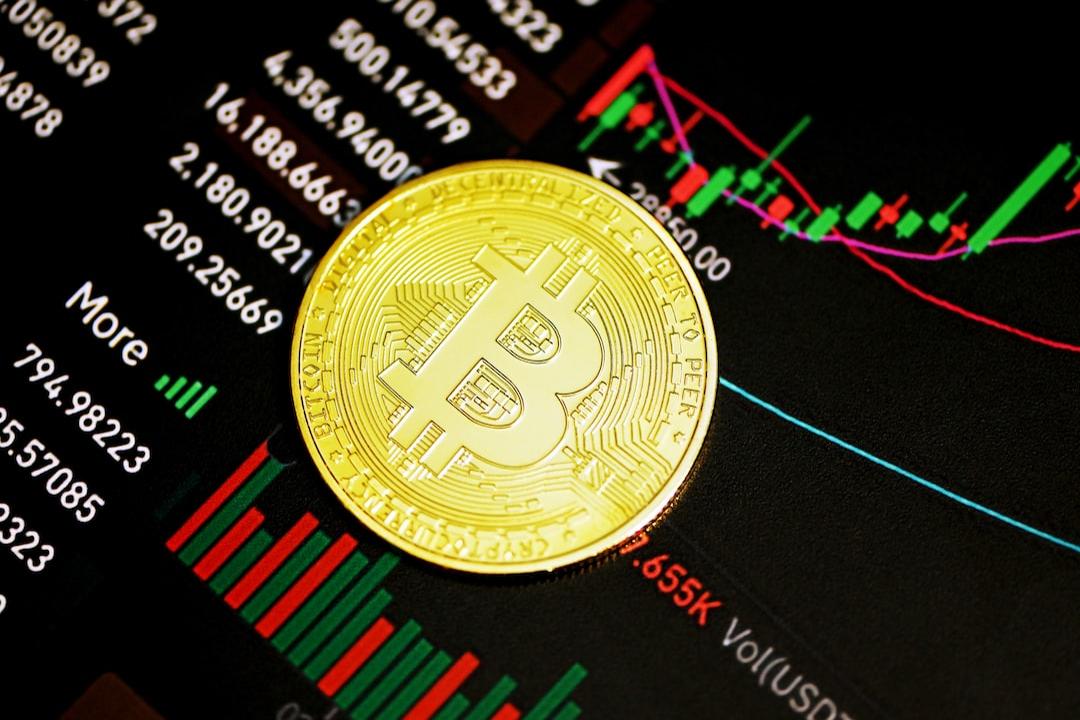

Traditional risk-return curve Source: Oaktree Capital
However, he disagrees with the traditional risk-return curve, as he believes this representation is very insufficient, as the linearity in the chart makes the relationship between risk and return appear too deterministic. This obscures the nature of risk, so in a memo from 2006, Howard Marks overlaid a bell curve representing probability distributions on the same line to show the uncertainty of risk asset returns.
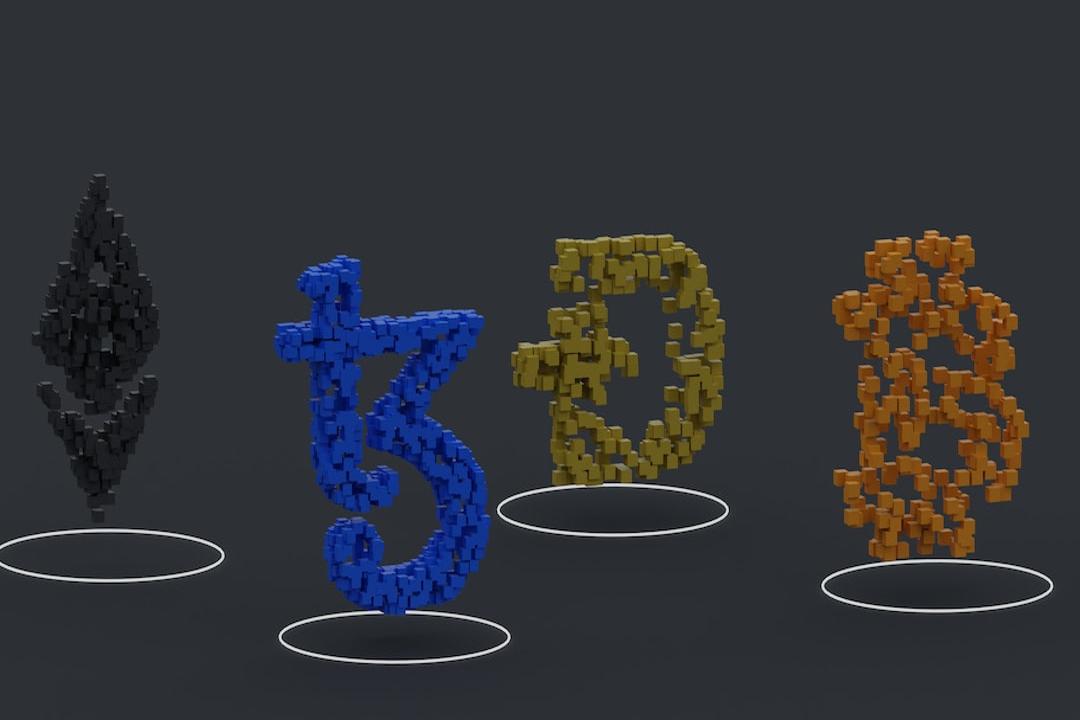
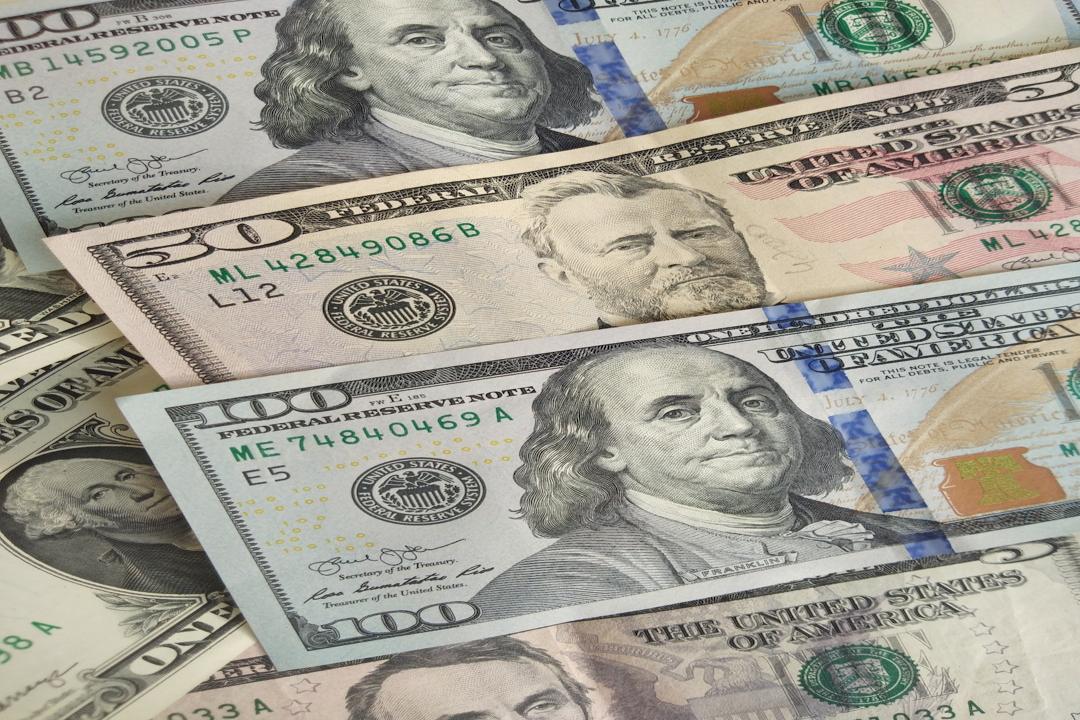
Adjusted risk-return curve Source: Oaktree Capital
He then placed several asset allocation ratios into this return curve
Blue curve: 2/3 debt and 1/3 equity
Red curve: 1/3 debt and 2/3 equity
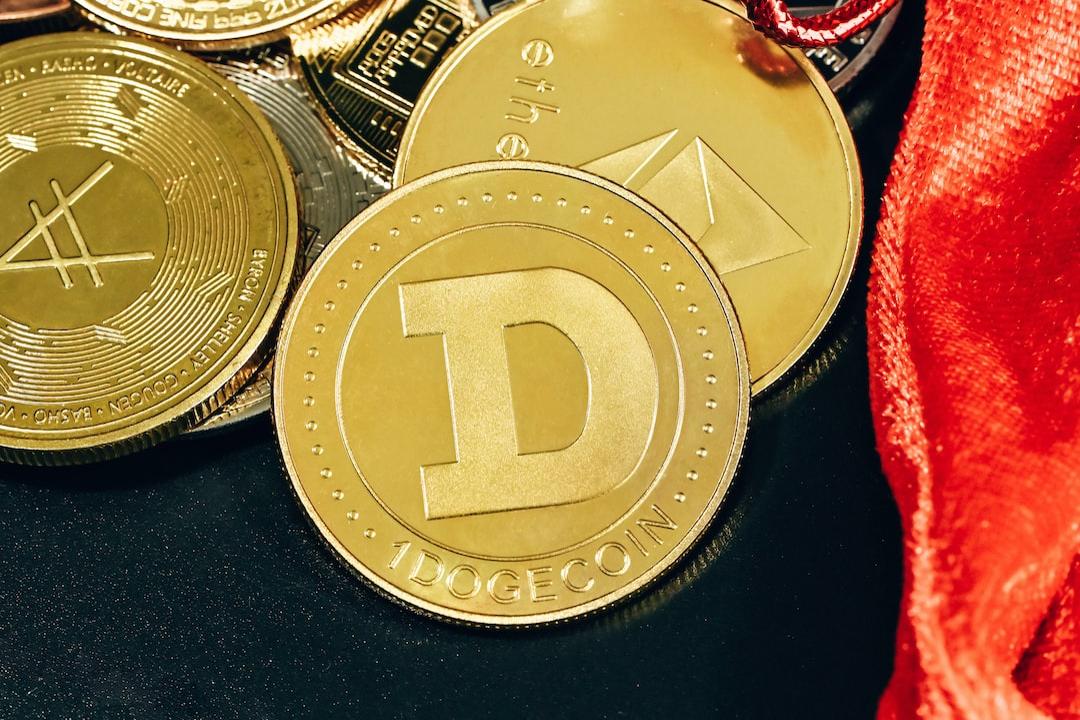

Performance of different asset allocations on the risk-return curve Source: Oaktree Capital
As expected returns increase, expected risks also increase (meaning the range of possible outcomes widens). Howard Marks believes that presenting options in this way may be more intuitive and clear. He points out that if investors believe the traditional risk-return curve, where “higher risk, higher return,” and adopt high-risk strategies, they may choose a more moderate strategy after understanding the true impact of increased risk (the adjusted risk-return curve).
Has your annualized return exceeded 7%? If not, why not embrace bonds
At the end of the article, Howard Marks revisits the key points
Fundamentally, the only asset classes are equity and debt, which have significant differences in their nature.
Combining equity assets and debt assets to position one’s portfolio appropriately is the most important decision in portfolio management or asset allocation, while other decisions are merely execution issues.
Asset allocation depends on how one evaluates their strategy and the ability to access top managers.
Howard Marks then discusses the reasons for Oaktree Capital’s investment in debt, as mentioned earlier, due to the changes in interest rates, the expected returns in the bond market have been steadily increasing after 2021.
The return rates for public credit are around 7%, while private credit has a return rate of around 10%, which is competitive compared to historical stock returns and can help many investors achieve their overall investment goals. Additionally, due to the contractual nature of debt, credit returns may be more reliable than equity returns (after all, hardly anyone wants to default).
The thought process outlined in this memo leads to the conclusion that most (but not all) investors are attracted to (a) returns around 7-10%, (b) lesser uncertainty or volatility, and (c) are willing to give up upside potential beyond current yield. This aligns with what the bond market can offer.
His recommendation is for investors to conduct necessary research on credit to increase credit allocations and devise a plan for it. While today’s potential returns are attractive, credit returns were higher a year or two ago. However, if the market is no longer as optimistic, we may see them rise again. Howard Marks believes that such a moment may come.
Will Howard Marks’ views bring about a frenzy in government bonds?
Lastly, we all know that stablecoins are backed by real-world assets, despite the underlying conflict between centralized reserves and the spirit of decentralization. However, the industry has chosen to accept and wait for the development of this conflict, as after experiencing bank runs and algorithmic stablecoin collapses, over-collateralization is seen as the most robust method. But this issue seems to be reaching a tipping point recently.
(Curve founder: Geopolitics and regulation remain the biggest issues for over-collateralized stablecoins, algorithmic stablecoins are the way forward)
As Howard Marks mentioned, benefiting from interest rate changes, the profit rates in the debt market have been steadily increasing since 2021. Tether has also benefited from these profits, hitting new highs repeatedly, but the future development remains worth watching after the US moves towards rate cuts (if not raided by the US). At the same time, in the Real World Asset (RWA) market, the largest commodity is still tokenized government bonds. The views of such a prominent investor as Howard Marks, whether they will spark a frenzy in government bonds, are also worth observing.

